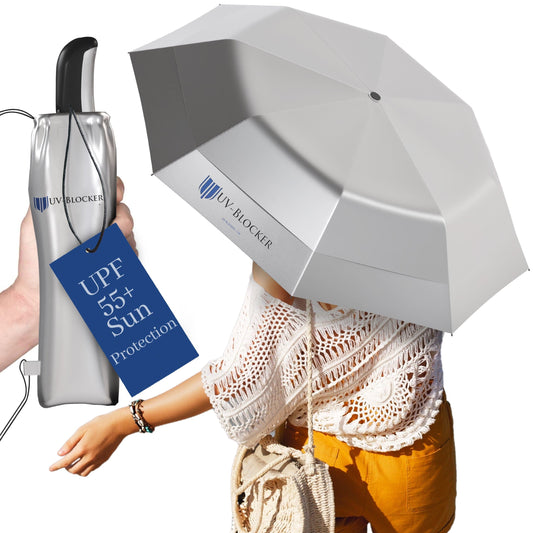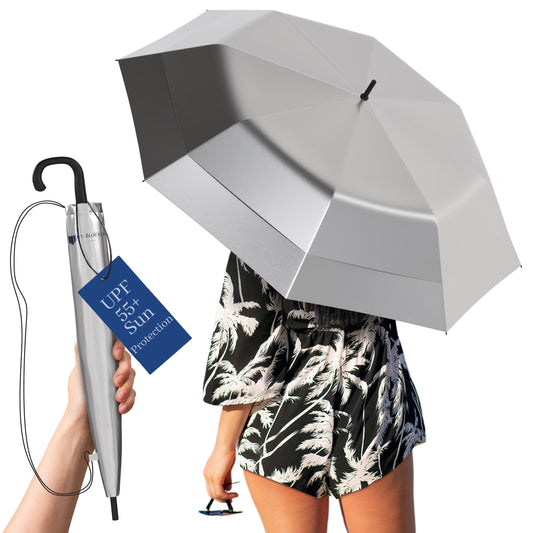Hispanic Heritage Month is a time to honor history, family, and community—and to look after our health, too. Bottom line: darker skin can lower—but does not eliminate—your risk of melanoma. Everyone still needs sun protection and regular skin checks.
What the data say
- The American Cancer Society (ACS) estimates the lifetime risk of melanoma is about 1 in 200 for Hispanic people, compared with 1 in 33 for White people and 1 in 1,000 for Black people. Risk is lower for Hispanics, but it isn’t zero.
Why awareness still matters
- ACS reports that Hispanic people are less likely to be diagnosed at a localized stage and have lower 5-year survival for melanoma (83% vs. 94% in White people), reflecting later detection and barriers to care.
Early detection saves lives
- When melanoma is found early (localized), the 5-year relative survival rate is >99%—a powerful reason to do routine skin checks and see a clinician for any changing spot.
Simple ways to protect yourself
- Check your skin monthly. Look head-to-toe, including palms, soles, and nail beds.
- Book an annual skin exam, or sooner if you notice a new or changing spot.
- Use broad-spectrum SPF 30+ and reapply every two hours (more often if swimming/sweating).
- Wear protective gear: hats, sunglasses, UPF clothing—and carry portable shade.
Make shade a habit
A UV-Blocker umbrella adds instant, chemical-free protection that blocks 99% of UVA/UVB rays—ideal for school drop-offs, outdoor work, mercados, games, and beach days. Pair it with sunscreen and regular skin checks to lower risk all year long.
Celebrate proudly. Protect wisely.








